In the financial world, an important concept to consider when doing business is “risk vs. reward.” It’s an important concept to understand whenever an investment is being made. Financial institutions take risks whenever they lend money to an individual or a business. The risk is that the loan will be repaid as agreed. If so, the reward will be the profit earned in the form of interest paid. If not, the risk of a loss will be realized.
As an insurance underwriter, the risk you take when issuing an insurance policy to a client is that your agreement to reimburse the customer for any future covered losses will not cost your company more money than is earned in the form of premium dollars and income earned from investing those dollars. The ideal scenario is that the policyholder never makes a claim on the policy and continues to pay their premium in exchange for the insurance risk your company is taking on by providing insurance protection against future losses.
Insurance Risk
The amount of insurance risk your company assumes when issuing an insurance policy depends on the type of policy being issued and the number of perils against which you’re providing protection.
Life Insurance
With life insurance, the risk for which your company’s policy is providing financial protection is the death of the policyholder while covered. As long as premium payments continue to be made and the policyholder remains alive, your insurance company is rewarded with profits from that policy.
If the policy is terminated before a claim is made, the risk goes away and the reward is the profits realized from past premiums paid and earnings from the investment of those funds. With life insurance, the only insurance risk is that the policyholder will die and a claim will be made before enough money has been accumulated in the policy account to pay the claim.
Automobile Insurance
With automobile insurance, your company’s policy may cover a long list of insurance risks including:
- Liability
- Collision damage
- Damage from non-collision events such as a fire or storm
- Theft
- Vandalism
- Bodily injury and more
Policy premium rates are determined by the number of risks covered in the policy and the risk profile of the policyholder. This usually includes age, gender, marital status, address, past driving record, family members also covered under the policy, credit history, and more. Also taken into account are the type and age of the car being insured, the number of miles typically driven, and the estimated value of the vehicle.
Unlike life insurance, where there is only one event that will trigger a claim, car insurance protects against financial loss stemming from numerous events such as those listed above. The potential for each of these possible losses must be considered when underwriting a policy and policy premium rates must be factored in by considering all of these potential events.
Ideally, for everyone concerned, the best-case scenario with auto insurance is that no losses are experienced and no claims are made. The risk for the insurance company is that the insured will be held liable for a serious accident or some other covered loss and the company will have to pay a large claim or claims. The reward is that premium payments are faithfully made in exchange for the protection provided and a claim is never made.
Homeowners’ Insurance
The multiple risks for which financial protection is provided by a standard homeowners’ insurance policy include everything from a policyholder’s dog biting the neighbor or kids tagging a home and breaking windows to the home catching fire and burning to the ground. Since a typical home policy covers as many as 16 different perils, many potential loss events must be considered when determining the risk/reward ratio in writing a homeowners’ policy.
Risk VS. Reward
Whenever an insurance policy is being written, due diligence must be undertaken in order to ensure that the potential reward is in line with the risks being underwritten. Higher risks call for higher premium costs. Unacceptably high risks may indicate the need to refuse insurance issuance. Sound judgment would suggest declining to insure an individual for car insurance when there’s a history of arrests for driving while intoxicated. Providing life insurance for a 90-year-old in poor health would obviously represent a poor risk/reward ratio for the insurer.
While the risks being covered by an insurance policy cannot be totally alleviated, they can be identified and lessened through specific mitigation efforts. Nowhere is this more evident than when writing commercial property or homeowners’ insurance coverage. Sending a professional property inspector in order to complete a thorough property inspection is an important part of completing accurate underwriting. Insurance Risk Services (IRS) has been providing top-notch inspections and field underwriting assistance for four-plus decades. Contact us for more information.


